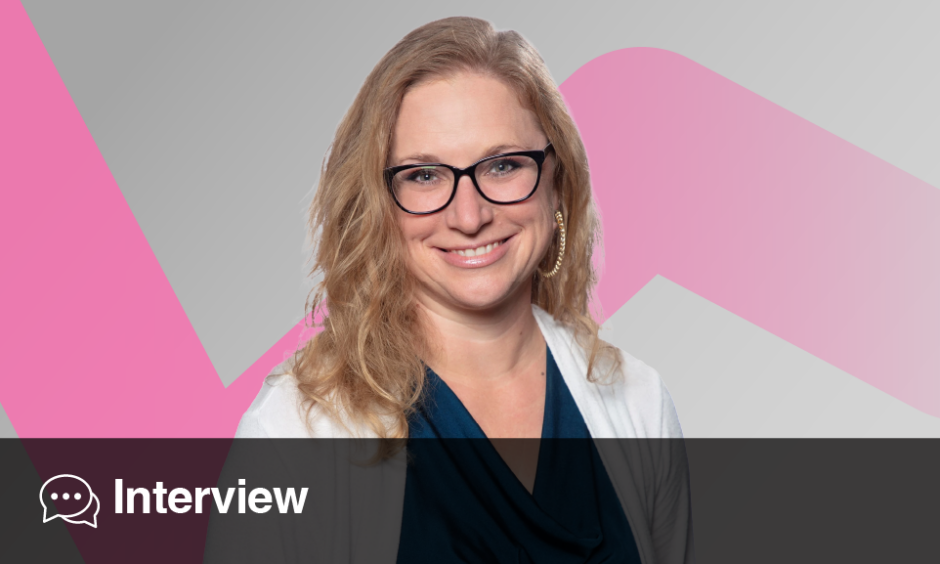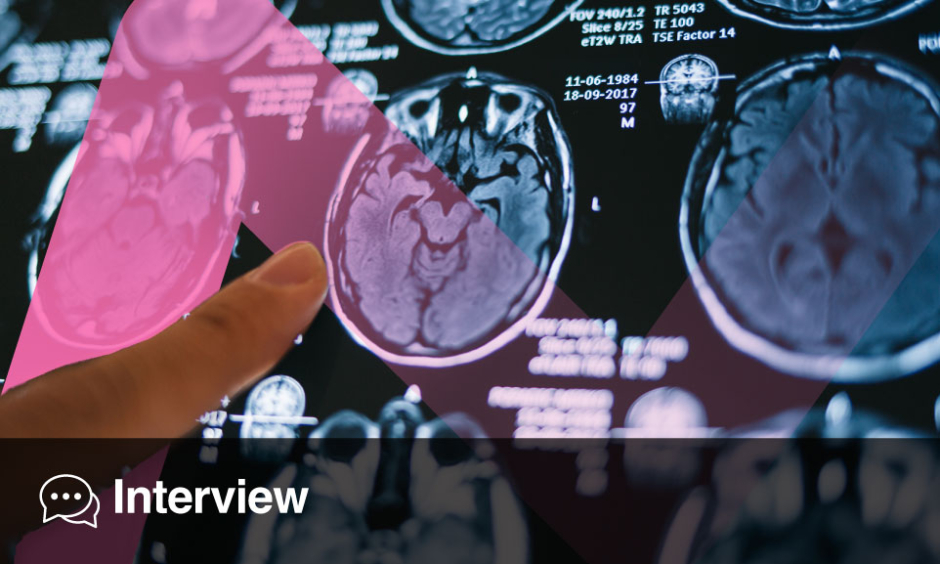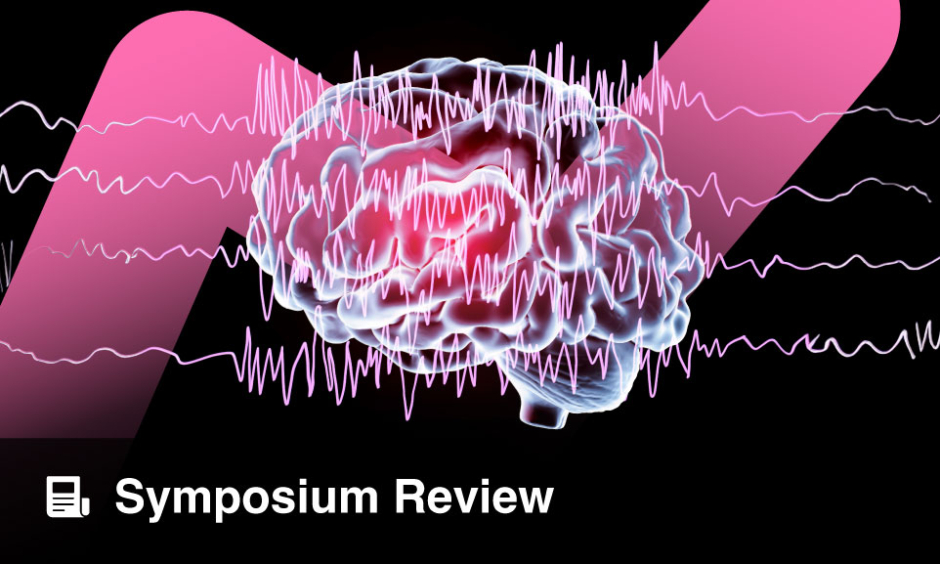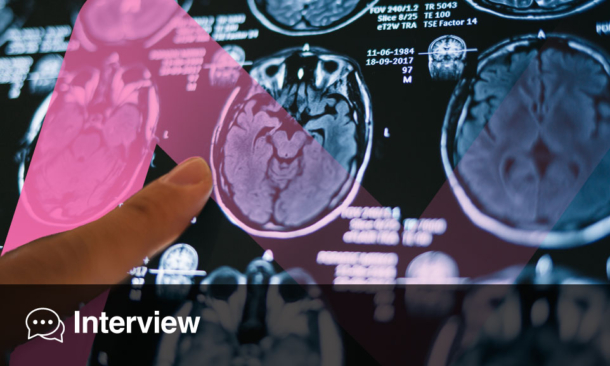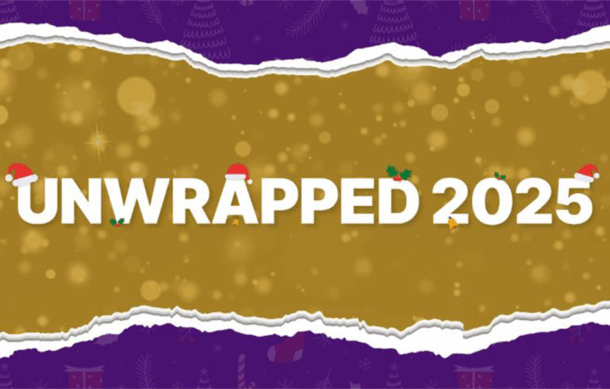Courtney Wusthoff | Professor, Department of Neurology, and Child Neurology Section Chief, University of California, Davis (UC Davis) School of Medicine, USA
Citation: Neurol AMJ. 2025;2[1]:57-60. https://doi.org/10.33590/neurolamj/OCAP7324
![]()
As a specialist in pediatric epilepsy and neonatal neurology, a large part of your work involves electroencephalogram (EEG) monitoring of infants and children in the intensive care unit (ICU). This often involves guiding families through difficult situations. How do you approach these interactions, and how does this influence your clinical decision-making?
In pediatric neurology, we often face the challenge of needing to make important decisions, knowing that there may be unavoidable uncertainty in the evidence available to guide those decisions. When first meeting a family, I ask what they already know, and what questions or goals they have for the situation at hand. This is helpful for framing a discussion and decisions. For example, if the team assumes the goal is perfect seizure control, but the family really prioritizes decreased sedation, we need to understand that before making choices. Letting the family show me the starting point sets us up to work together more effectively.
In turn, I strive to be direct and transparent with families about what we do and don’t know, and why we might suggest a particular course of action. Admitting there is some uncertainty is important for building trust with families; we need to admit there are things that medicine doesn’t know. I believe it also lays the foundation for when or why we might need to reconsider a decision if things aren’t going as we’d hoped. We are all doing our best with the information we have, but if we see we are not heading down the right path, we may need to take a step back and reassess.
Can you elaborate on how advancements in EEG technology, such as continuous EEG (cEEG) or machine learning tools, have improved the detection and management of seizures in neonates?
Not too long ago, EEG was recorded on bulky machines that provided recordings on paper printouts at the bedside. Now, we have digital equipment with a smaller footprint at the bedside, synchronized video recording, and the ability to remotely access and review EEG in real time. This has prompted a paradigm shift in how we approach neonatal seizures. It turns out that many of the unusual movements or sudden vital sign changes that would have been diagnosed as seizures in the past, we find are not seizures when we use EEG for confirmation. The International League Against Epilepsy (ILAE) has changed their entire system for neonatal seizure classification to reflect this. Whereas 5 years ago it was entirely based on semiology, it is now based on whether there is EEG confirmation that a suspicious clinical event correlates with ictal activity in the brain. In fact, the only way to diagnose a “definite seizure” is when an EEG shows that a seizure occurs. The good news is that using EEG has allowed us to be far more accurate in diagnosing seizures. Multiple studies have shown that the implementation of cEEG in neonatal ICUs (NICU) leads to an overall decrease in the number of babies who receive anti-seizure medications (ASM), and a decrease in the total doses used for those babies who do receive ASMs. Technological advances in cEEG allow us to safely refine our care for newborns with suspected seizures.
The clear next step will be to develop seizure detection programs that can alert the bedside team to a likely seizure in real time, without a highly trained neurophysiologist constantly monitoring the recording. I have no doubt that these will be ready for clinical use in the next few years. Initially, these will screen the EEG and alert a neurophysiologist when suspected seizures occur, so that they may confirm the diagnosis. At the same time, we’ve seen with AI in other areas that we can’t just jump to assuming the output is always correct. It will be important to train systems up with quality information.
You recently spearheaded the American Clinical Neurophysiology Society (ACNS) project, “The American Clinical Neurophysiology Society Guideline on Indications for Continuous EEG Monitoring in Neonates.” As the first update on this topic in 12 years, why was this project so critical, and what are the key changes introduced?
It was such a privilege to work with the exceptional group of co-authors who put this guideline together. ACNS is the professional society for clinical neurophysiologists. A particular strength of the group is that they have a clear focus on neurophysiology and there are amazing experts in the membership. ACNS had developed guidance on topics like technical standards for how to record an EEG or a standardized nomenclature for interpreting EEG in critically ill adults and children. It has been a way to promote best practices and to bring together different ways of doing things to make sure the most important aspects are consistent.
In the first version of the ACNS guideline on neonatal EEG, a group of pediatric neurophysiologists came together and issued what was essentially an expert consensus on when cEEG monitoring should be used in neonates. Renée Shellhaas, WashU Medicine, St. Louis, Missouri, USA, was the lead author, and Robert R. Clancy, The University of Pennsylvania Health System, Philadelphia, USA, was the senior author on the final publication. I was extremely fortunate to be included in the writing group. We shared what we considered key papers to inform our opinions, and the group discussed back and forth to come to the final guideline. When it was published in 2011, cEEG was just beginning to enter use in the NICU outside of tertiary pediatric hospitals. It was the first guidance available to suggest how this new tool might be most useful. That was a huge first step.
In the more than decade since, so much has evolved. Many more centers have access to cEEG for neonates. Rather than facing the question of: “Why should we use this technology?”, at some centers, people are even asking: “Why wouldn’t we use this technology for every baby in the NICU?” Fortunately, we now have far more evidence to show what the yield is of cEEG for various indications. Over the past 10–15 years, there also has been a much-needed raising of the bar for what methodology is accepted when creating a clinical guideline. For all these reasons, we knew it was time to update the original.
The result is an evidence-based clinical guideline on indications for neonatal cEEG. We performed a systematic review and summarized the available evidence regarding the use of cEEG for various purposes. We couldn’t apply the typical Grading of Recommendations Assessment, Development, and Evaluation (GRADE) methodology for diagnostic tests, because cEEG is, in fact, the gold standard for diagnosing neonatal seizures. At the same time, we were able to adapt the GRADE approach for our guideline to include many of the key features to ensure transparency and reproducibility. Many of our recommendations have not changed since the first version. As an example, we still recommend that cEEG be used for the diagnosis of seizures in neonates. There were some specifics that were new, based on evidence we did not have 15 years ago. For example, we recommend cEEG to screen for seizures in neonates on extracorporeal membrane oxygenation (ECMO), for those with hyperammonemia, and immediately post-operatively following repair of congenital heart disease. This was based on moderate quality evidence that cEEG has particularly high yield for seizures in patients with those conditions.
Probably the biggest surprise to clinicians was that all of our recommendations were conditional, meaning that whilst cEEG would be recommended for these indications, we recognize that there are feasibility considerations that might limit using cEEG in some situations. I think some expected us to issue strong recommendations that cEEG must be used without exception, but we absolutely needed to take into account that it may not be possible in every circumstance. The hope is that having the indications recommended, even if as a conditional recommendation, helps move the field toward having cEEG more consistently available for these patients.
What are the current barriers to implementing cEEG monitoring for neonates, and how do you envision these guidelines influencing monitoring practices in NICUs?
Without a doubt, cEEG is a high-resource tool. This includes not just the EEG recording device, but also the skilled neurodiagnostic technologists who initiate and troubleshoot recordings at the bedside, and clinical neurophysiologists who are available to interpret the recordings. Having that equipment and those experts available 24/7 requires a big investment, and that is a very real barrier. Our hope is that these guidelines show which patients might benefit the most from cEEG; it is certainly not a tool that can or should be used on every newborn in the NICU. Additionally, if a center makes the investment to have cEEG monitoring available, these guidelines will help establish how best to apply that investment to maximize clinical benefit.
What do you consider the most significant challenges in managing neonatal seizures today? Are there gaps in research or clinical practice that require urgent attention?
We desperately need better medications to treat neonatal seizures. It is mind-boggling that the first-line treatment for neonatal seizures is still phenobarbital. Phenobarbital can have nasty side effects and doesn’t always stop seizures; we need something more effective that is also safer to use. There have not been enough drugs developed to treat neonatal seizures. Most ASMs are only available in oral formulations, and most of those that can be given intravenously haven’t been properly studied in newborns. There is an urgent need for attention, funding, and collaboration to perform the studies needed to learn which medications might be better for neonates with seizures than the handful we have now.
On a brighter note, a significant gap that currently exists in clinical practice is one that we can change now. It had been common practice that once a baby was started on phenobarbital for seizures, they were sent home on that medication, and would continue it for months or even years. The Neonatal Seizure Registry (NSR) group, led by Hannah Glass and Renée Shellhaas, conducted a comparative effectiveness study that demonstrated for neonates with acute symptomatic seizures (seizures that are known to be due to an acute injury like hypoxic ischemic encephalopathy or stroke), it is safe to stop ASMs before babies are discharged home. While approximately 13% will go on to have epilepsy, the large majority don’t need medication beyond the immediate neonatal period. Furthermore, continuing medication doesn’t prevent the development of epilepsy. This work was so important, and I hope that message continues to get out so we can change practice to stop sending babies home on medicine that doesn’t help them.
While seizures are a focus, EEG also assesses brain injury severity. How do EEG background patterns or sleep-wake cycling inform prognosis and guide therapies like hypothermia?
This is where EEG for neonates is really starting to take off. We so often think of EEG as just a seizure detection tool for newborns, but there is such a wealth of information it can provide about brain function. EEG can show whether a newborn’s brain is developing as expected, or if it is dysmature. Certain features, like normal sleep-wake cycling after brain injury are very reassuring for prognosis, which is incredibly valuable for families. Specific patterns can indicate a brain is at risk, or that function is worsening, which may help us target prompt intervention for a newborn. As technology improves, we will increasingly see EEG analyzed not by human experts recognizing patterns, but rather by quantitative analysis to uncover features that go beyond simple visual patterns. There is very exciting early work showing that the features revealed by these approaches outperform conventional interpretation in identifying newborns with injury and in informing prognosis.
Looking ahead, what areas of pediatric neurology research do you believe will see the most progress over the next decade? Are there specific innovations or collaborations you’re excited about pursuing?
The best part of child neurology is the constant discovery. I love taking care of my patients, and I need that other side to my work to know that I am helping bring about cures for tomorrow’s patients as well. There is so much potential. I’m working with the NSR on methods to identify which babies are at highest risk to develop later epilepsy, in the hope that we might be able to give treatments to prevent epilepsy, not just treat it once it occurs. At UC Davis, we have a group of outstanding scientists, like Kyle Fink and Caren Armstrong, working to bring precision therapies for genetic conditions into clinical use for children. I’m awestruck by the potential this could unlock. As these discoveries become available, we will need to ensure that as many children as possible can benefit from them. We need talented scientists to advance discovery, and we need educators, to train more child neurologists who will practice in communities where access is a barrier. We also need advocates to ensure we never give up on our search for cures, and that we bring them to every child who needs them, not just a select few. Child neurology is exciting because we can all use our individual skills toward that common goal of protecting infants and children from nervous system injury, and treating disease when it occurs.

